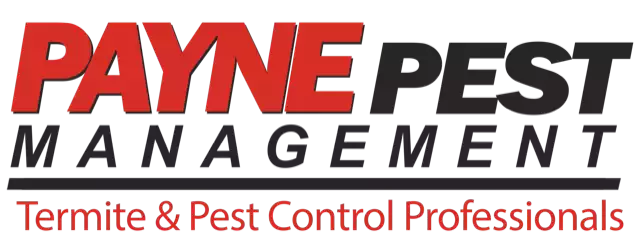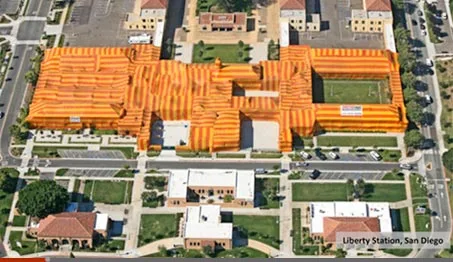Of all the termite treatment options, tenting and fumigation is the most extensive one. This treatment is used to deal with large drywood/dampwood termite infestations, and it is the only effective treatment option in this situation. Let’s take a closer look at this treatment option and what it entails.
What are the different termite species that can infest the home?
Tenting and fumigation is used exclusively to deal with large dampwood and drywood termite infestations. Smaller infestations from these two species, or infestations caused by subterranean termites, are treated using less expensive and better-targeted control methods.
What to expect from the fumigation process
The fumigation process starts with an inspection. A pest control professional will inspect the home and determine the best control method to use to deal with the infestation. If fumigation is needed, the pro will explain what that entails, the related costs, and what you need to do before, during, and after the procedure.
In most situations, you will have to take all the food and medicine out of the home and vacate the building for a few days. When the process starts, the whole building will be placed under a tent, and gaseous insecticide will be released inside. This gas will kill all the termites in the building, along with any other pest or insect that may be inside. Once the process is finished, you may have to clean up the home a little bit, depending on the insecticide used. The pro you are working with will explain more about the post-fumigation cleanup process in person.
Alternative control methods
Fumigation is a sort of last resort option against widespread drywood and dampwood termite infestations. It is not necessary when dealing with subterranean termites or small drywood/dampwood colonies, and a pro will try to get rid of an infestation using direct application insecticides first before moving onto fumigation.
For subterranean termites, there is the option of going with either a chemical barrier or a termite baiting system and for small drywood/dampwood infestations, localized treatments can be used. These control methods are much easier to implement and they cost much less than fumigation.
If you have any questions about the fumigation process or other termite control procedures, or if you require professional termite control services, please do not hesitate to contact us today.







